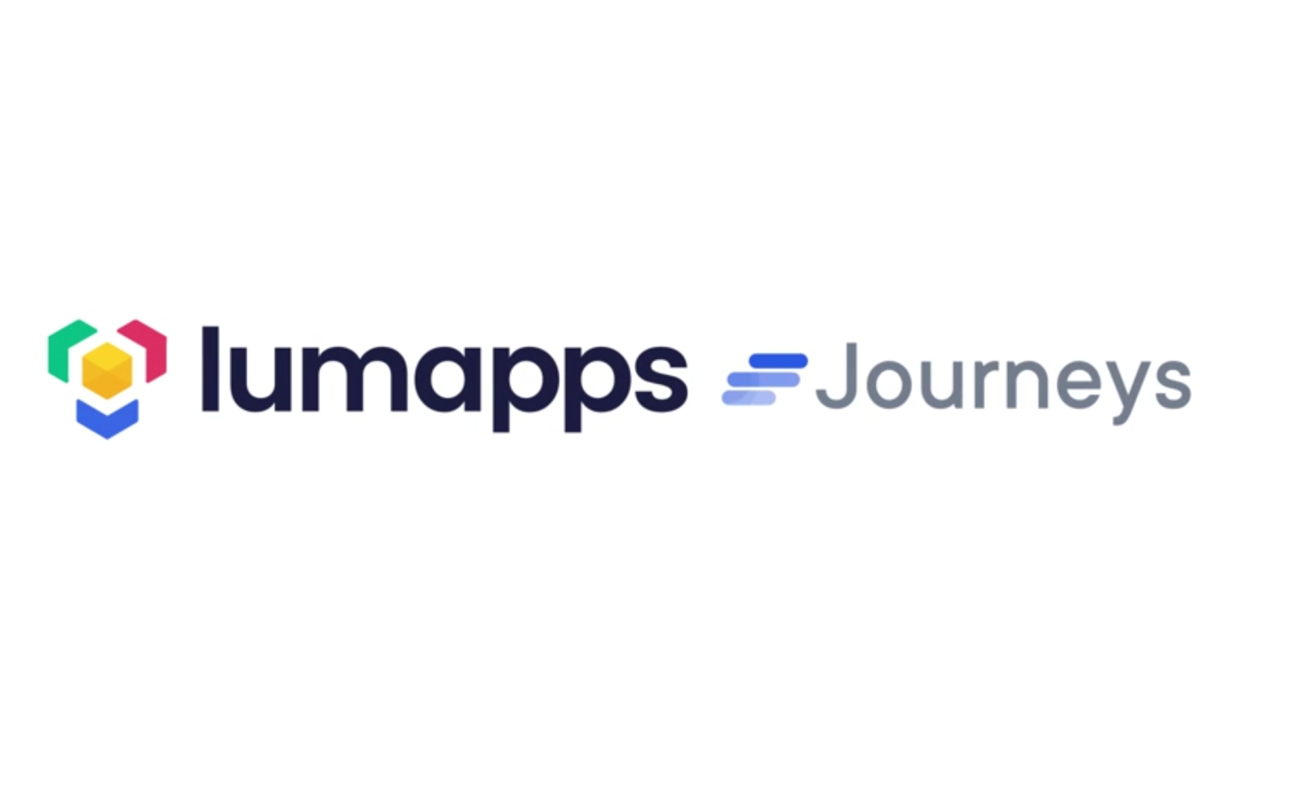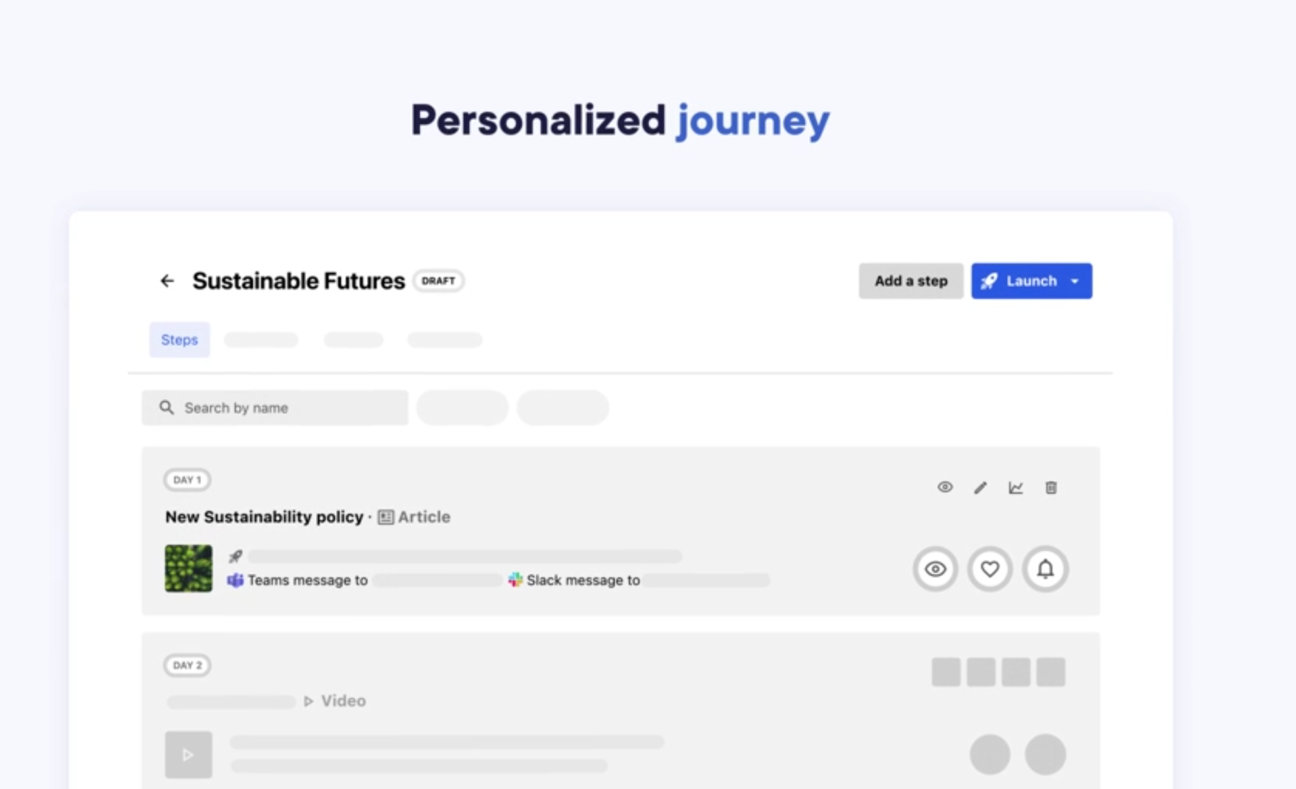Definition
By definition, knowledge sharing is the exchange of employees’ knowledge, skills, and experiences. It ensures that the knowledge within an organisation is available for employees whenever they need it, and its benefits include retaining intellectual assets and improving productivity.
Consequences of a poor knowledge management strategy
A poor knowledge management strategy would lead to a lack of productivity, inconsistent information, duplication of documents as well as confusion and employee frustration. It will also create difficulties when onboarding new starters in a company.
How can Knowledge Management software help?
As the amount of information in the workplace continues to grow, managing knowledge is critical. The demand for knowledge management tools has increased. Companies have started to adopt solutions such as SharePoint, Threads, … to capture the changing flow of information and bring all resources to one place to ensure it is easily accessible to all employees.
A Software solution that goes beyond productivity
As most of these solutions’ core services are based on productivity and file management, there is a demand for a tool which also provides more personalised and social aspects of knowledge sharing. A solution that offers a simple value-frequency matrix to identify priorities, use cases and contexts. A space to nourish the learning culture, entice collaboration and connect employees.

LumApps is such a solution. It is a multi-faceted solution, as it helps to promote knowledge sharing and reduces non-targeted information to ensure the right information reaches the right audience at the right time. Using options such as visibility groups and promoted search results, it builds on an in-depth study of the employee personas.
It also supports in defining simple processes & governance to make sure your knowledge is kept up to date with evolving needs and company changes. For example, you may add expiration dates to your content or ask your employees to flag pages that are no longer relevant and should be updated.
Additionally, LumApps’ latest product release has a strong focus on key themes in order to build personalised Journeys for employees. This makes it possible to go one step further and target information not only based on employee groups (ex. Members of the HR team) but also based on employees’ journeys within the company (ex. Coming back from maternity leave, participating in the launch of a new product, or getting a promotion).
How to get started with personalised employee journeys?
- Build Key Moments Create company moments with the launch of Campaigns and Employee moments via Journeys to engage each employee with personalised communications.
- Enable each employee to share their knowledge and expertise via Communities & Spaces and LumApps Play.
- Empower each employee with the tools they need at work with MicroApps & Digital Assistant integrations and Personal Feed & Search.
Your next steps to improve knowledge management within your company

Simplicity is key when defining a knowledge-sharing strategy. It is therefore important to determine what constitutes knowledge in your business and company. Build your plan on an in-depth understanding of the employee personas to determine their needs and requirements. Define how knowledge is used internally and identify potential use cases.
We recommend using a structure based on classification and shared taxonomy to allow flexibility and bring things into context. Don’t forget to set clear and measurable goals, thus in order measure success to and fully leverage a social knowledge management culture.

Do you want to discuss your own internal communications project with us?
Get in touch with
Inês Valadas
Supporting companies with their employee experience journey ? | engagement & retention strategy ?
